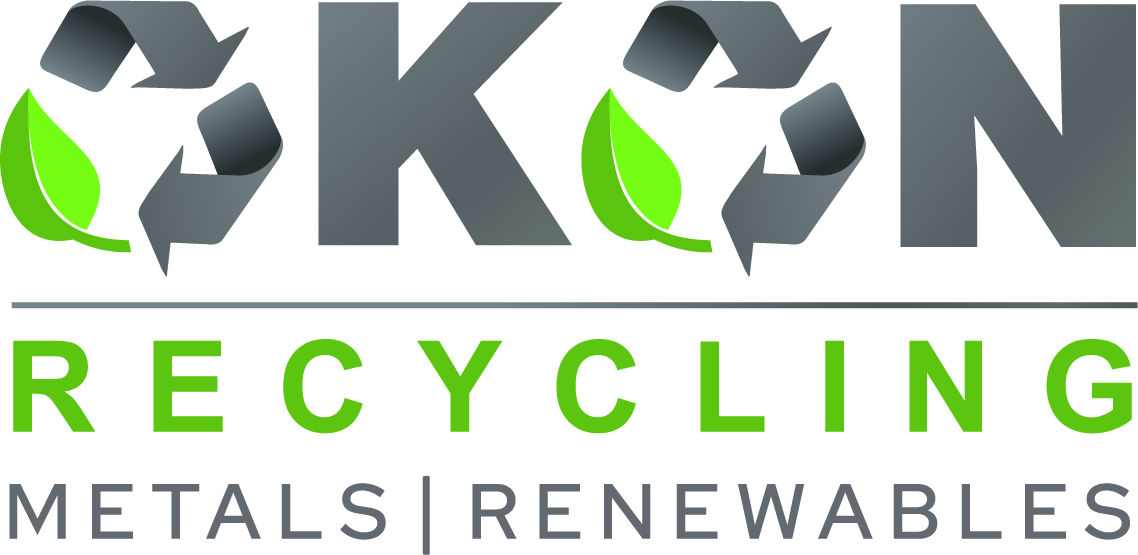5901 Botham Jean Blvd, Dallas, TX 75215
Understanding the Price of Bronze Per Pound: A Guide
April 12, 2025How does the fluctuating price of bronze per pound impact industries from sculpture to electronics?
This question reveals a complex network of economic forces influencing global markets. Whether you’re an experienced metal trader or simply curious, understanding bronze pricing is essential for navigating the volatile world of metal commodities.
Bronze, an alloy primarily composed of copper and tin, has a significant role in both artistic and industrial applications. Its price per pound varies due to numerous factors, creating a dynamic market that requires constant attention. From ancient sculptures to modern marine hardware, bronze’s versatility makes its pricing a crucial consideration for various sectors.
In the current economy, even minor changes in the price of bronze can have extensive consequences. A price increase might lead a sculptor to reconsider their medium, while a decrease could boost production in the shipbuilding industry.
Factors Influencing Bronze Prices
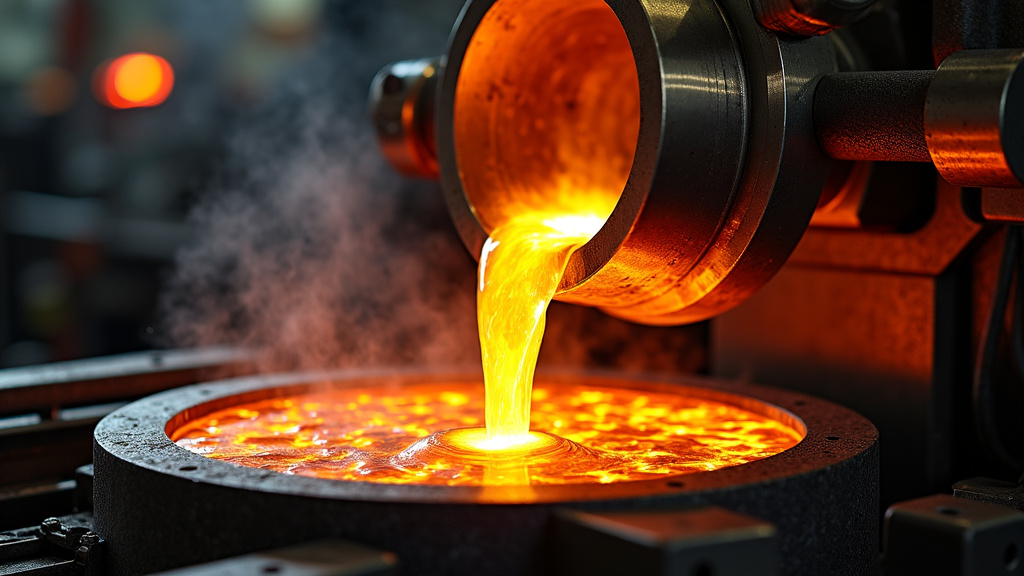
The price of bronze per pound is influenced by various factors that can cause market fluctuations. Understanding these elements is crucial for anyone involved in the bronze industry or considering investing in this versatile metal. Here are the primary factors affecting bronze prices.
1. Raw Material Costs: Copper and Tin
Bronze is primarily an alloy of copper and tin. The cost of these metals significantly influences bronze prices. Copper, which typically constitutes 88-92% of bronze, has the most substantial impact.
Changes in copper prices, driven by global supply and demand, mining costs, and geopolitical factors, directly affect bronze valuations. Similarly, tin prices, though a smaller component, can significantly impact overall costs due to its relative scarcity.
For instance, during the COVID-19 pandemic, disruptions in mining operations and supply chains led to sharp increases in both copper and tin prices, consequently driving up bronze costs globally. This shows how external events can affect the metal market.
2. Supply and Demand Dynamics
The interplay between supply and demand is fundamental to bronze pricing. Industrial demand from sectors like construction, shipbuilding, and electrical manufacturing can significantly influence prices. Increased infrastructure projects, for example, can lead to higher bronze prices due to increased demand.
On the supply side, factors like mining strikes, natural disasters, or transportation issues can reduce raw material availability, creating scarcity and pushing prices upward. Constant monitoring is required to maintain this delicate balance.
Additionally, the availability of scrap bronze for recycling can impact prices. Because bronze is highly recyclable, a significant portion of the market relies on recycled material. When scrap bronze is plentiful, it can help stabilize or even reduce prices.
3. Manufacturing and Energy Costs
Producing bronze involves energy-intensive processes like smelting and alloying, making energy costs crucial in determining the final price of bronze products. Fluctuations in electricity and fuel prices can significantly impact production expenses.
Manufacturing efficiency and technological advancements can also influence pricing. Companies that produce bronze more efficiently may offer more competitive prices, potentially influencing market trends.
Efforts towards sustainable energy in manufacturing can help stabilize long-term costs, offering more predictable pricing in the future.
4. Global Economic Trends and Geopolitical Factors
Bronze prices are influenced by broader economic and political conditions. Currency exchange rates can impact costs, as metals are traded globally. A stronger dollar, for instance, can make bronze more expensive for buyers using other currencies.
Tariffs and trade policies also play a significant role. Export taxes or restrictions on copper or tin by major producers can lead to price fluctuations. For example, a trade embargo on tin-exporting countries could cause shortages, driving up the cost of tin and, consequently, bronze alloys.
Economic indicators such as GDP growth, inflation rates, and industrial production indices can influence bronze prices by affecting overall demand and market sentiment. Savvy investors and industry professionals keep a close eye on these broader economic trends.
5. Market Speculation and Investor Behavior
Like many commodities, bronze prices can be influenced by market speculation and investor behavior. Large-scale buying or selling by institutional investors can cause short-term price fluctuations. Similarly, futures contracts and other financial instruments tied to base metals can impact spot prices.
Investor perception of economic stability or potential market disruptions can lead to price movements that may not always align with current supply and demand fundamentals. This speculative element adds complexity to bronze pricing.
Understanding these factors can help buyers, sellers, and investors navigate the bronze market more effectively. By staying informed about raw material costs, supply and demand dynamics, manufacturing expenses, global economic trends, and market speculation, stakeholders can make more informed decisions and better anticipate price movements in this important industrial metal.
| Year | Copper Price (USD/lb) | Tin Price (USD/MT) |
|---|---|---|
| 2025 | 4.2949 | 33677.00 |
| 2024 | 4.2316 | 32000.00 |
| 2023 | 3.8662 | 30940.97 |
| 2022 | 3.9969 | 32000.00 |
| 2021 | 4.2445 | 32000.00 |
Current Market Trends in Bronze Pricing
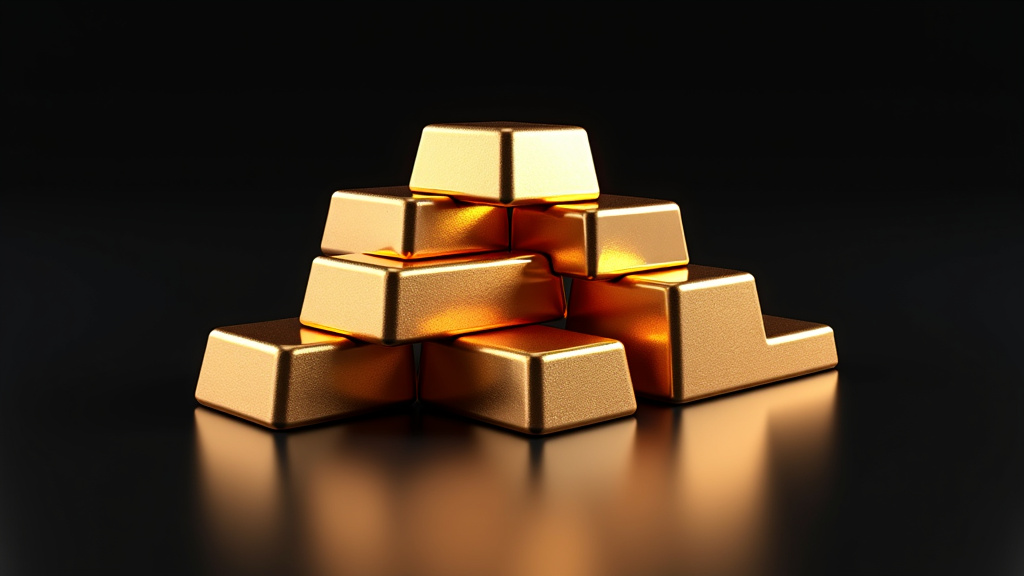
The bronze market has experienced significant fluctuations recently, driven by global economic factors, supply chain disruptions, and changing industrial demands. As of 2024, the global bronze market was valued at approximately USD 10.29 billion, with projections indicating steady growth over the next decade.
Bronze pricing is closely linked to its primary components: copper and tin. Variations in the costs of these raw materials directly impact the price of bronze alloys. During the COVID-19 pandemic, disruptions in mining operations and supply chains led to sharp increases in both copper and tin prices, consequently driving up bronze costs globally.
Current price ranges for bronze scrap, a key market indicator, hover around $2.45 to $2.72 per pound. However, these prices can fluctuate rapidly based on market conditions and specific alloy compositions.
The volatility in bronze pricing often reflects broader economic uncertainties and geopolitical events.
Market Volatility and Global Impacts
Bronze market volatility is influenced by several factors. Industrial demand, particularly from construction, shipbuilding, and electrical manufacturing, plays a significant role in price fluctuations. For instance, increased infrastructure projects can lead to higher bronze prices due to amplified demand.
Global events significantly impact bronze pricing. Trade policies, such as tariffs or export restrictions on copper or tin by major producers, can lead to significant price swings. Currency exchange rates also play a role, as metals are traded globally, and fluctuations in currency values can affect costs across international markets.
Energy costs are another critical factor in bronze pricing. The production of bronze involves energy-intensive processes like smelting and alloying. Thus, fluctuations in energy prices, particularly electricity and fuel, can influence production costs and, consequently, the market price of bronze.
Future Projections
The bronze market is expected to grow at a compound annual growth rate (CAGR) of 3.20% between 2025 and 2034, potentially reaching USD 14.10 billion by 2034. This growth is likely driven by increasing applications in the automotive sector, ongoing advancements in manufacturing processes, and rising opportunities in the aerospace industry.
However, future bronze prices will continue to be subject to the volatility of raw material costs, particularly copper and tin. As global efforts towards sustainability intensify, recycling trends of bronze could also play a crucial role in stabilizing prices, with increased availability of recycled bronze potentially moderating cost increases.
Understanding these market dynamics is crucial for businesses and investors in the bronze industry. By staying informed about these trends and their underlying drivers, stakeholders can make more informed decisions and better navigate the complexities of the bronze market.
Comparing Bronze Prices to Other Metals
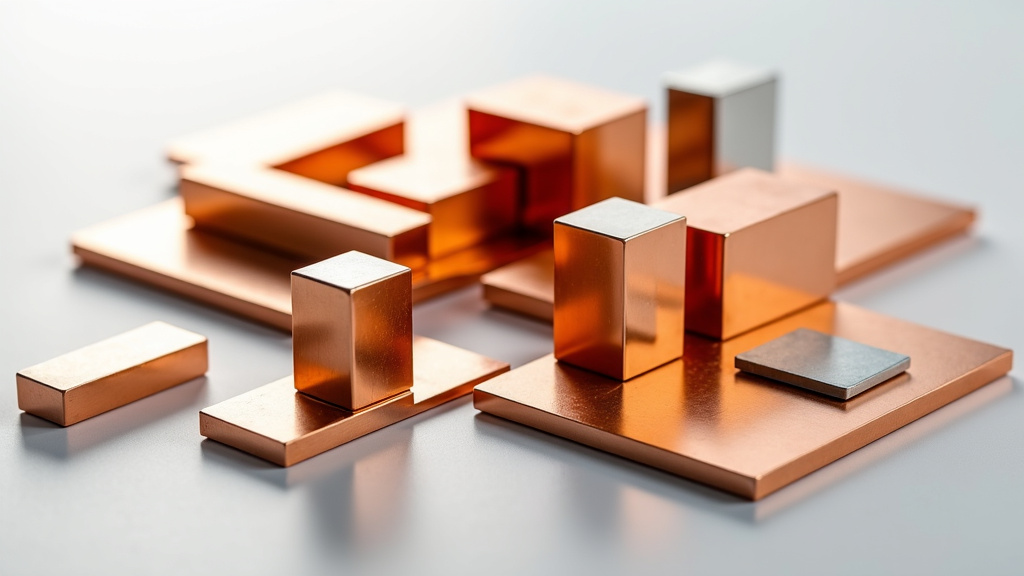
In metal recycling, understanding the value of different materials is crucial for recyclers and sellers. Bronze, an alloy of copper and tin, holds a significant place in this market. Let’s explore how bronze prices compare to other commonly recycled metals like copper, aluminum, and brass.
Bronze typically commands a higher price than many other recycled metals due to its copper content. According to industry experts, aluminum bronze is priced around $2.21 per pound, often surpassing the value of common scrap metals like aluminum.
Copper, the primary component of bronze, generally tops the price charts among recycled metals. Its high conductivity and versatile applications make it a prized material. Scrap copper prices can range from $2.66 to $3.75 per pound, depending on grade and purity.
Bronze vs. Brass: A Close Comparison
Bronze and brass, both copper alloys, are often confused but have distinct compositions and values. Brass, typically containing 60-80% copper and 20-40% zinc, usually sells for slightly less than bronze. Current market prices show mixed brass shavings at $1.63 per pound, while brass shells fetch about $2.10 per pound.
The price difference between bronze and brass is notable. Bronze generally commands $0.08 to $0.25 more per pound than brass due to its higher copper content, typically 80-90% compared to brass’s 60-80%.
Accurate identification is crucial when recycling these metals. Bronze tends to have a reddish hue due to its higher copper content, while brass appears more yellowish. This visual distinction can help recyclers maximize profits by correctly sorting their scrap.
Aluminum: The Lightweight Contender
Aluminum, while less valuable per pound than bronze or copper, remains popular for recycling due to its abundance and low melting point. Recycled aluminum prices vary but generally hover around $0.38 per pound for aluminum cans, significantly less than bronze or copper.
Despite its lower price point, aluminum’s lightweight nature means a larger volume can be collected and recycled more easily. This characteristic makes aluminum recycling particularly efficient and environmentally beneficial.
The recycling value of aluminum complements that of heavier, more valuable metals like bronze and copper in a comprehensive recycling strategy.
Factors Influencing Metal Prices
Several factors contribute to fluctuating prices of recycled metals. Global demand, industrial applications, and the economic climate play significant roles. For instance, increased construction activity can drive up demand for copper and bronze, raising their recycling values.
Additionally, the purity and condition of scrap metal affect its price. Clean, well-sorted metals typically command higher prices. For bronze and other copper alloys, the specific composition can influence the price, with higher copper content generally correlating with higher value.
Metal prices can fluctuate daily based on market conditions. Recyclers and sellers should regularly check current prices to ensure fair value for their materials.
Maximizing Value in Metal Recycling
To get the best value when recycling bronze and other metals, consider these tips:
- Sort your metals carefully, separating bronze from brass and other alloys
- Clean your scrap metal to remove non-metal contaminants
- Research current market prices before selling
- Consider selling to specialized metal recyclers for potentially better rates
- Accumulate larger quantities if possible, as some buyers offer better prices for bulk sales
Understanding the relative values of different recycled metals empowers recyclers and sellers to make informed decisions. While bronze typically offers a good return, a comprehensive approach to recycling, including a mix of high-value and high-volume metals, often yields the best overall results.
As the recycling industry evolves, staying informed about metal prices and market trends remains crucial for anyone involved in scrap metal recycling. By understanding these comparisons and market dynamics, you can maximize the value of your recycling efforts and contribute to a more sustainable use of our metal resources.
Tips for Buying and Selling Bronze
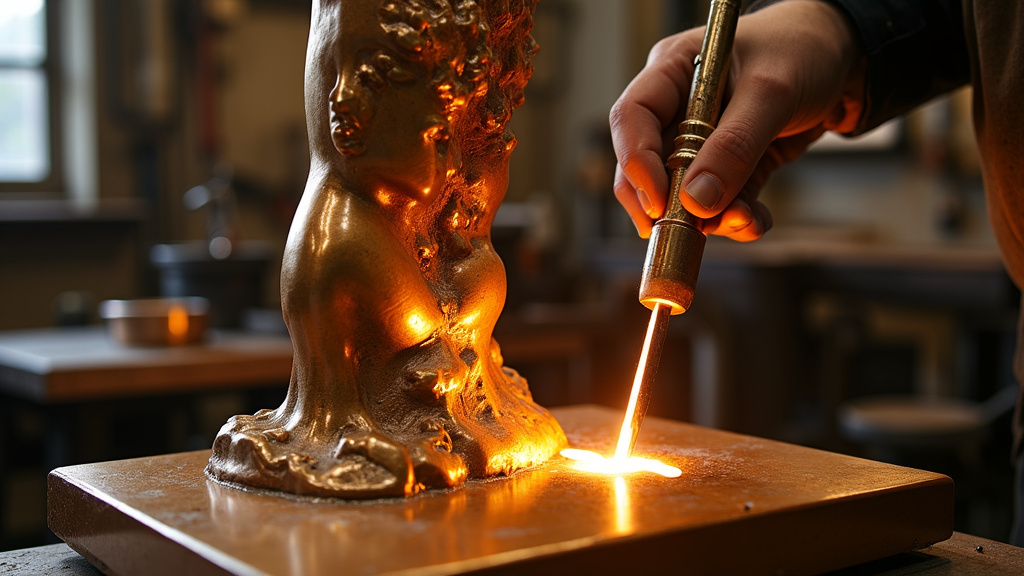
Understanding the bronze market can be challenging for both buyers and sellers. This guide provides practical advice to help you make informed decisions and secure the best value. Here are some key strategies for success in bronze transactions.
Evaluating Bronze Quality
The quality of bronze directly affects its value. When assessing a bronze piece, consider these factors:
Composition: True bronze is mainly an alloy of copper and tin. Be cautious of ‘bronze-finished’ items made from cheaper materials like resin or plaster. Always inquire if the piece is cast in real bronze using the lost-wax method—a hallmark of fine bronze sculpture.
Patina and Finish: A bronze statue’s patina is not only aesthetic but also protective. Look for a rich, uniform color without flat or grey areas, which might indicate poor quality casting. Some artists create unique patina effects using heat and chemicals, while others allow the bronze to age naturally.
Buying Bronze: Dos and Don’ts
- Research the artist and foundry. Reputable pieces often bear the artist’s signature or foundry mark.
- Avoid buzzwords like ‘vintage’ or ‘estate’ without proper authentication.
- Consider the weight. Real bronze is heavy—if a large statue feels light, it might not be genuine.
- Pay attention to details. Examine intricate areas like faces or hands for quality craftsmanship.
- Ask about the casting method. If the seller can’t explain it, that’s a red flag.
Selling Bronze: Maximizing Your Return
If you’re looking to sell bronze, timing and presentation are crucial. Here are some tips to help you get the best price:
Market Awareness: Monitor bronze market trends. Prices fluctuate based on factors like global economic conditions and supply chain dynamics. Selling when demand is high can increase your returns.
Provenance Matters: If you have documentation proving the piece’s authenticity or history, highlight this. Provenance can significantly boost a bronze’s value.
Strategies for Getting the Best Price
Whether buying or selling, these strategies can help you secure the best deal:
Compare and Contrast: Don’t settle on the first offer. Get multiple quotes or bids to ensure you’re getting a fair price. Buyers might visit different galleries or online marketplaces. Sellers should consider reaching out to multiple dealers or auction houses.
Timing is Everything: The bronze market, like many others, has its ups and downs. Try to buy when prices are low and sell when they’re high. Keep an eye on economic indicators and industry news to spot favorable market conditions.
Know Your Piece: Understanding the specific qualities of your bronze item is crucial. For buyers, this means thorough research before making a purchase. Sellers should be prepared to articulate what makes their piece unique or valuable.
How Okon Recycling Can Help with Bronze Pricing and Recycling
Okon Recycling excels in bronze recycling and pricing, boasting over a century of industry leadership. Our expertise in metal recycling and state-of-the-art facilities position us to meet the diverse needs of businesses and individuals handling bronze materials.
We recognize the importance of accurate pricing for our clients. Our team uses extensive market knowledge and advanced technology to provide precise valuations for bronze scrap, ensuring fair and competitive prices that maximize the value of your recycling efforts.
Our commitment to sustainability goes beyond buzzwords. We have implemented efficient recycling processes that conserve resources and significantly reduce environmental impact. As noted on our website, “Metal recycling mitigates these factors as a cleaner, safer alternative for those with scrap metal.” This aligns perfectly with our bronze recycling services, ensuring responsible processing of your materials.
Maximizing Value in Bronze Recycling and Transactions
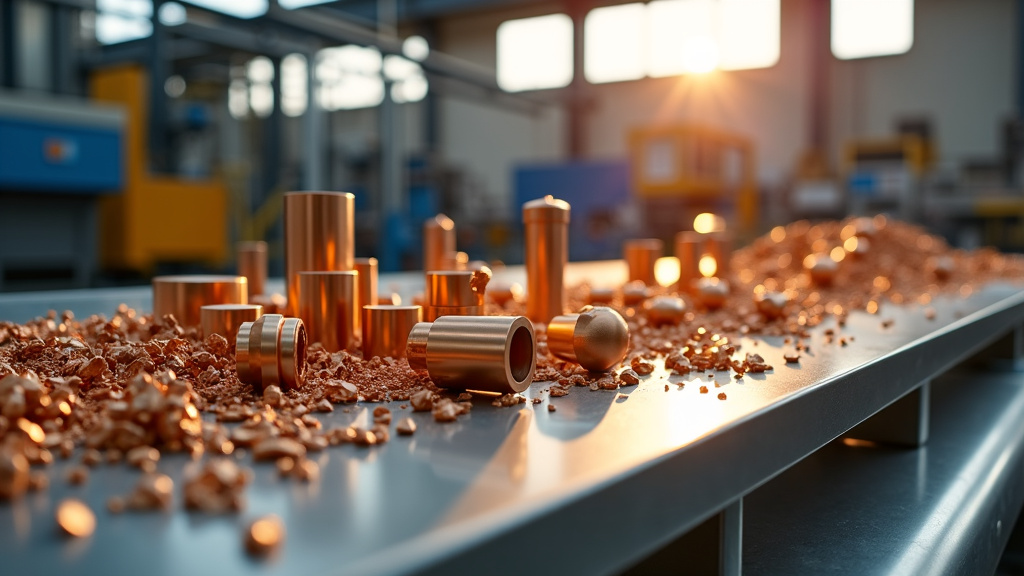
Exploring the intricacies of bronze recycling and its market dynamics reveals the importance of a strategic approach to maximize value. Staying informed about market trends is crucial, as bronze prices fluctuate due to factors like global demand and raw material costs. Partnering with reputable companies like Okon Recycling ensures fair pricing and expert guidance throughout the recycling process.
The environmental benefits of bronze recycling are significant. By recycling, you contribute to sustainable metal management practices that conserve resources and reduce energy consumption. Bronze’s recyclability makes it an excellent choice for those committed to reducing their environmental footprint while benefiting from its durability and corrosion resistance.
Whether recycling or purchasing bronze, knowledge is power. Stay connected with industry resources, monitor market reports, and ask questions. The more informed you are, the better positioned you’ll be to make decisions that maximize both economic and environmental value.
For personalized advice on bronze recycling and pricing, contact Okon Recycling at 214-717-4083. Our expert team is dedicated to providing the best service and helping you navigate the complexities of the bronze market.
